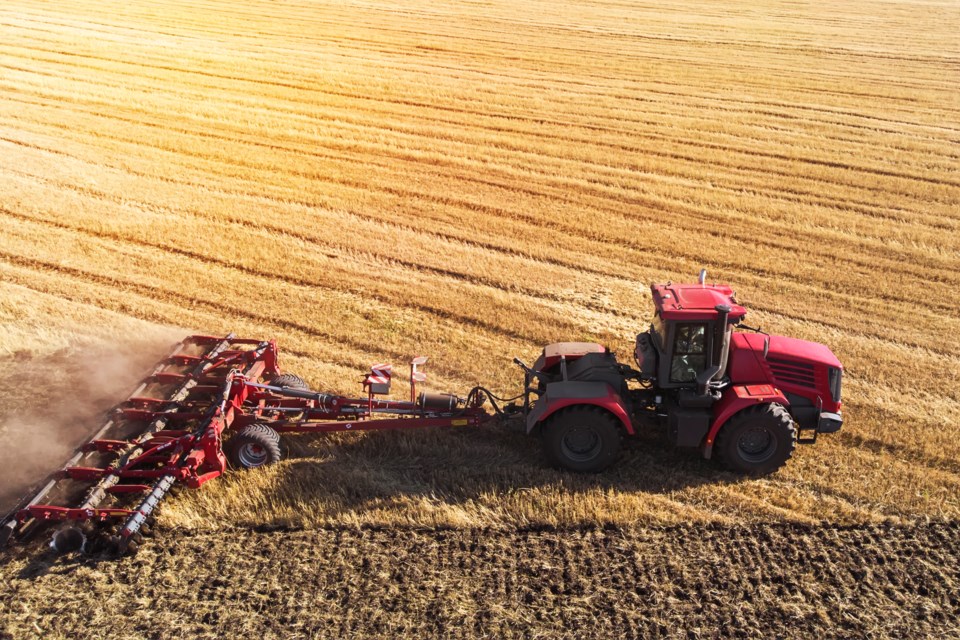YORKTON - Spotty showers paused combining in the east-central region momentarily this week; however, harvest still advanced in the region, according to the crop report for the period of September 5 to 11. The east-central is now 54 per cent harvested, ahead of the five-year average of 44 per cent.
Producers have harvested a large amount of spring cereals this past week; barley is 76 per cent harvested, durum is 66 per cent, spring wheat is 64 per cent and 40 per cent of oats are harvested. With spring cereals entering the bins, many producers are looking at their canola fields. Fifty-six per cent of mustard, 33 per cent of canola and 20 per cent of flax is also off for the year. Twenty-two per cent of chickpeas are harvested so far this season.
Producers are starting to sell grain and are seeing their durum being graded at 2 CW at 62 per cent and 3 CW at 28 per cent. This could be partially due to reports of grain sprouting from the recent moisture. Peas are being graded at 1 CAN at 53 per cent and 2 CAN at 44 per cent. Lentils are being graded at 2 CAN at 55 per cent and 1 CAN at 31 per cent.
Spotty showers made things humid and damp in the region this week, although minimal rain was recorded. The most rain recorded was 12 mm in the Esterhazy area. Topsoil moisture in the region is replenishing, with 55 per cent of cropland having adequate moisture, 33 per cent is short and 12 per cent is very short. Forty-six per cent of hay and pasture have adequate moisture, 40 per cent is short and 14 per cent is very short.
Crop damage this week is mostly due to some light frosts, drought conditions and grasshoppers. Producers are busy combining, swathing and desiccating canola. Producers are also working cattle and hauling bales and water.




